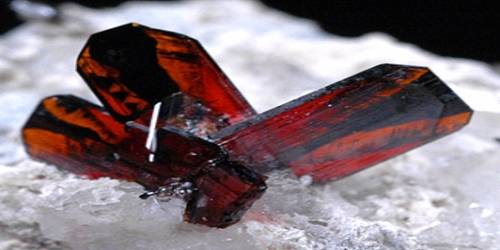There are several species in the animal kingdom that have the strength to move quickly. Some species have even developed latch-mediated spring-actuated (LaMSA) systems that allow them to move even more quickly. These mechanisms enable them to seize prey, jump higher, and close their jaws more quickly than ever. These LaMSA behaviors are typically found in invertebrates, but some highly slurpy seahorses have recently joined the list of vertebrates that exhibit them.
These LaMSA movements function like kid-friendly toys where an elastic element is loaded slowly before being suddenly released. The animal order Syngnathiformes, which includes seahorses, pipefishes, and snipefishes, uses a strategy called “pivot feeding” to catch prey.
This implies that a seahorse’s head may be rotated upwards towards a prey item in milliseconds. However, simply turning to be near the prey is insufficient; the seahorses must also be able to swiftly suction the meal into their snouts to prevent it from escaping.
Suction flow is a feeding strategy used by seahorses that is analogous to sucking up food in a vacuum cleaner. To be effective during prey acquisition, the seahorses needed to employ the pivot feeding strategy while also creating a suction flow, allowing them to suck up their meal.
The suction fluxes were revealed to be eight times quicker than predicted based on the size of the seahorse snouts. They also identified that seahorse suction flow peaks around 2.1 milliseconds, with pivot feeding peaking at an extremely fast 2.5 milliseconds. The bluegill (Lepomis macrochirus), by contrast, has a suction flow peaking at 33 milliseconds. Loser.
What allows these slurpy seahorses to move at such remarkable speeds? The scientists discovered that the seahorse’s epaxial tendons, which attach to the supraoccipital bone at the rear of its head, are prepared to recoil quickly. These tendons act as a kind of wind-up toy for the elastic energy. This indicates the seahorses are exhibiting a fresh LaMSA movement. The group also believes that during feeding, the sternohyoideus tendon contracts, aiding in the creation of the suction fluxes.
Overall, the team conclude that the seahorses are able to slurp their prey especially quickly because two things are able to happen simultaneously thanks to their LaMSA system, which is controlled by two tendons within the head. This is crucial for the seahorses since their prey may run away very quickly. As a result, the seahorses must turn and suck more quickly than the prey can react by running away.
















